If you just come, put your foot in the Arctic Ocean, or walk on it in winter and turn around – then you are missing out. To really experience Tuktoyaktuk (Tuk as the locals call it), you need to stay a night, walk around, get stuck in the snow, rely on the kindness of the community, go to the one grocery store, and meet locals. And that’s exactly what we did.
Tuk, population 860, teeters on the Arctic Ocean, which means that it’s not your typical beach town. Visited by beluga whales in the summer and darkness in the winter, the small community somehow survives the harshest of elements. Formerly known as Port Brabant, the community was renamed Tuktoyaktuk (sometimes spelled Tuktoyatuk or Tuktuyuktuk) in 1950. It was the first place in Canada to revert to the traditional Native name. It means “resembling a caribou”. According to legend, a woman looked on as some caribou waded into the water and turned into stone. Today, reefs resembling these petrified caribou are said to be visible at low tide along the shore of the town
Table of Contents
Road to Tuktoyaktuk Putting Tuk on the Map
Tuktoyatuk, Canada has a varied history of aboriginal, military, and pop culture in this tiny community that was previously cut off from the rest of the world. In the late 1800’s it was home to the whale-hunting Kittegaryumiut Inuit, who were wiped out due to a series of epidemics in the early 1900s. The Inuit who settled at the site after it was established by the Hudson’s Bay Company in the mid-1930s were from the immediate area and from other parts of the North.
In the 1950s radar domes were installed as part of the Distant Early Warning (DEW) Line, to monitor air traffic and detect possible Soviet intrusions during the Cold War.
On September 3, 1995, Metallica and other popular bands flew into Tuk and put the little village into the international news. The bands played a concert in Tuk as a publicity event for Molson Brewing Company promoting their new ice-brewed beer. It put Tuk on the map in the world of pop culture. As I walked around the town bundled up in April I had a hard time imagining a giant heavy metal concert in this little, quiet community.
But the most recent historical change in Tuk is the addition of an all-season road that now connects them to the rest of the world. It is now possible for the first time in history to drive to the top of Canada’s mainland year-round. Prior to this, the only way to cross the Arctic Circle by car in Canada was to head north on the Dempster Highway, starting near Dawson City, and driving to Inuvik, a frontier town of 3,000 people in the Mackenzie River Delta. Now, after four years of construction in harsh conditions, the last 85 miles connecting Inuvik to Tuktoyaktuk was completed. This new connection to the world could bring a lot of changes to this small remote community.
An Arctic Town Made of Wood
The Inuit culture here is one of the most unique because they are one of the only Inuit cultures that had a steady source of wood. The Mackenzie River runs north, and so does the driftwood, all flowing into the Arctic Ocean at Tuk. Most Inuit cultures living above the tree line had no source of wood and built igloos to be nomadic and move around to follow the animals. However, in Tuk, they built sod houses as permanent places and stayed put.
Discover what it’s like to live in the Canadian Arctic
As we drove the Ice Road to Tuk, our guide, Kylik, told us stories of his family living in the region. “My grandfather came from Alaska. When he married my grandmother he thought she was amazing because she cooked all of these different types of food (fish stew and roast) that my grandfather didn’t eat normally because he had no access to wood and fire. The Inuit culture in Tuk is a little different, and the wood was a big part of it. In Tuk, there was enough food and they didn’t have to go anywhere. They could build permanent structures out of wood and there was enough food and wood to not have to move.”
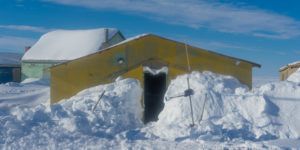
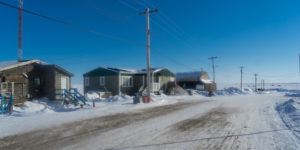
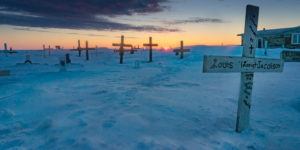
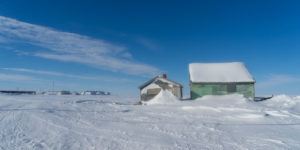
Don’t Miss These Things to do in Tuktoyaktuk in the Winter
Ride a Snowmobile Around the Town
You hear the whir of snowmobiles (or Skidoos) instead of cars in the winter. After all, a snowmobile is the vehicle of choice in the Canadian Arctic. If you can, get on a snowmobile and ride around the town, over the Arctic Ocean, and visit the DEW Line and Pingos. This was part of our itinerary with Tundra North.
See the Pingos
A pingo is a dome-shaped mound consisting of a layer of soil over a large core of ice, occurring in permafrost areas. This natural phenomenon is a site to see and the main attraction in the region. Tuk has one of the highest concentrations of pingos in the world (approx 1,350). They can reach up to 230 feet in height and 2,000 feet in diameter! They are pretty impressive to see in the winter or the summer! In the winter it’s as easy as driving a snowmobile out to the pingos!
Check out my winter packing list for extreme temperatures
Meet with Elders
As a part of our stay, we had the chance to have dinner at an elder’s house, and anytime you can meet an elder it’s pretty special. They are a wealth of knowledge and stories. Eileen made us a traditional dinner of reindeer soup, Eskimo donuts, muktuk (beluga whale skin), smoked beluga, and muskoxen. While we ate dinner she talked about the history of how and why they prepare these foods.
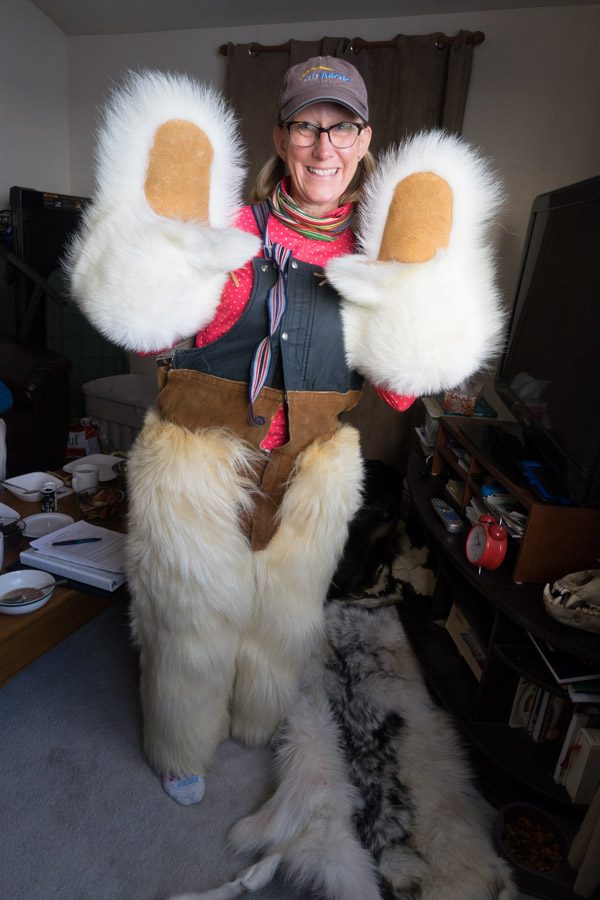

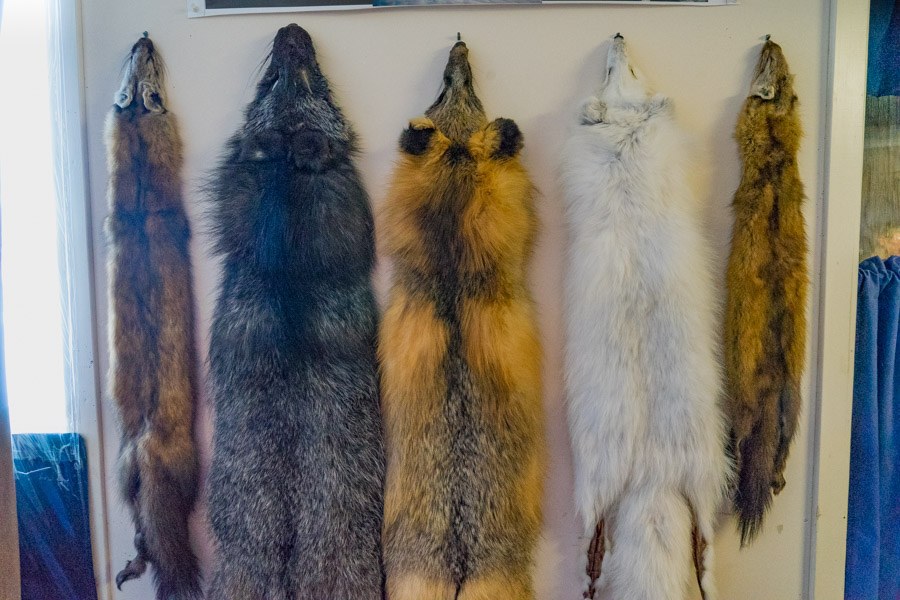
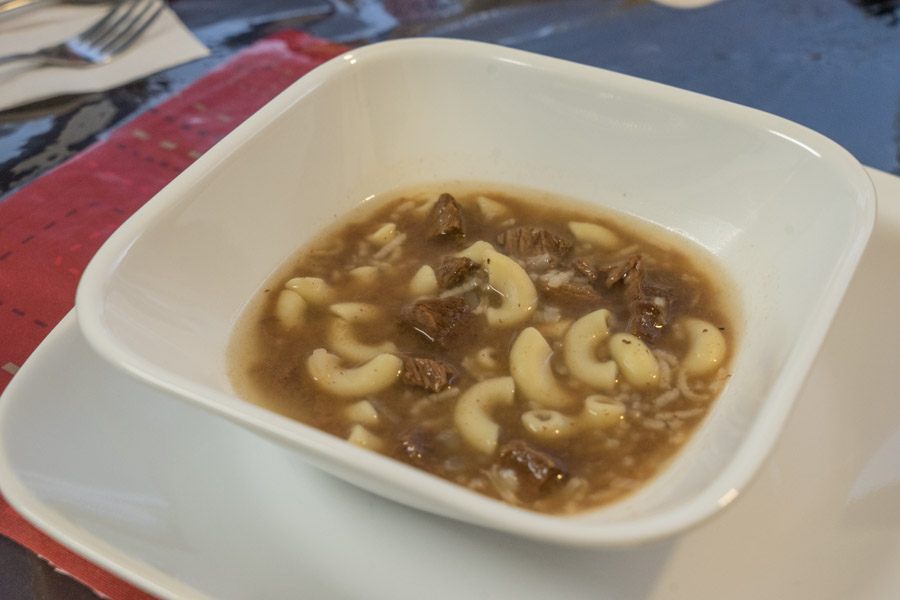
It only takes 2 people to catch a whale about 12 feet long, and it will feed 4 families for the whole year. Eileen helps the family work on it to get her share. She also dries and smokes white fish. The Muskox have come from the West and were introduced into their diet. She told us that in May the geese come and everyone is excited to start harvesting them. They keep their own and also make their coats out of them.
She also explained all of the different trapping and equipment they use today and how they make their traditional clothes. She even let us try them on to see what it was like to wear polar bear pants. They were heavy…but warm!
Call upon the Kindness of Strangers
As soon as we pulled over, we knew we had made a big mistake. The van sank immediately as if we had just entered quicksand. But it wasn’t quicksand, it was snowpack. A snowpack is a mass of snow on the ground that is compressed and hardened by its own weight. The snowpack in this part of the world is really deceiving. You can walk on it, you can ski on it, you can drive a snowmobile on it once it’s hard enough, but you can’t drive a heavy van on it.
It took about 3 minutes with our van stuck in the ‘main square’ in Tuk for a passing car to slow down, roll down the window, and tell us, “The loader is on the way!” So without even asking, we had help on the way. The big front loader showed up in no more than 3 more minutes. The driver was a man of few words, he simply assessed the situation, backed the loader up to the van, and hooked it up. He barely cracked a smile as he pulled us out and went on his way. But I’m pretty sure he was going to crack a smile later that day while he told the story to his friends and family of how he pulled out tourists today.
Sure, I supposed it was a little embarrassing that we got stuck, but in an environment like this, it happens a lot. However, the real lesson of this story to me was how fast and helpful people were to strangers. The whole ordeal from getting stuck to getting out only took 10 minutes and we didn’t even make a single phone call. I love small towns!
Note: I’m not suggesting that as a ‘thing to do’ in Tuk, you get stuck, but if you do, realize that it can actually be a fun, learning experience.
One is the Only Number so Plan Carefully
If you come, realize there’s really only one hotel in town and one grocery store in town. We stayed at the Smitty’s B&B (known for giving out free hugs!). They were more like big condos rather than a hotel or a room – but it was perfect for our group!
There is also only one gas station and grocery store in town – and it’s worth it to stop in and see what they sell there and what the prices are!
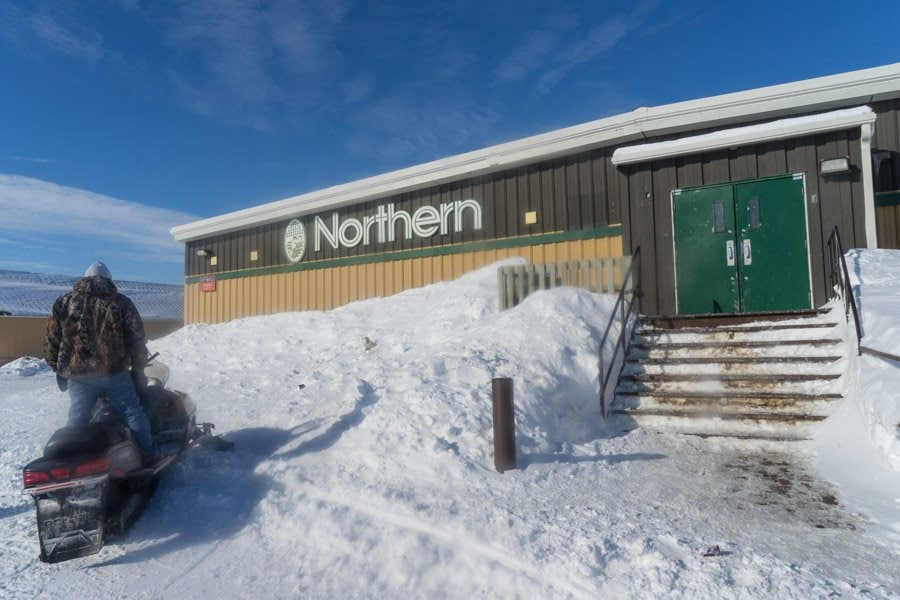
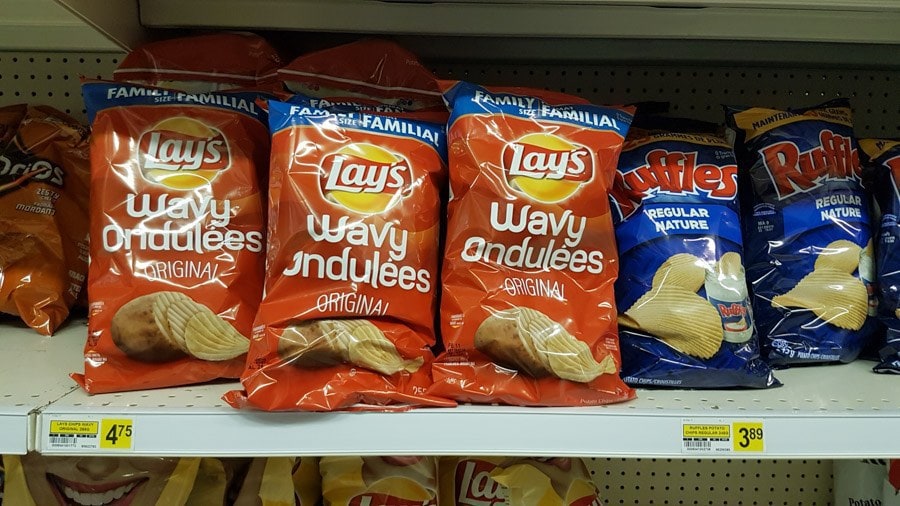
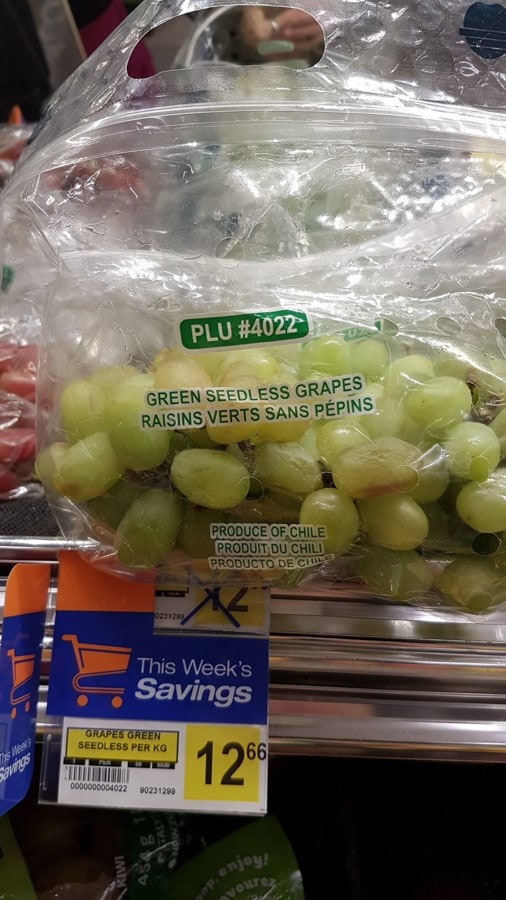
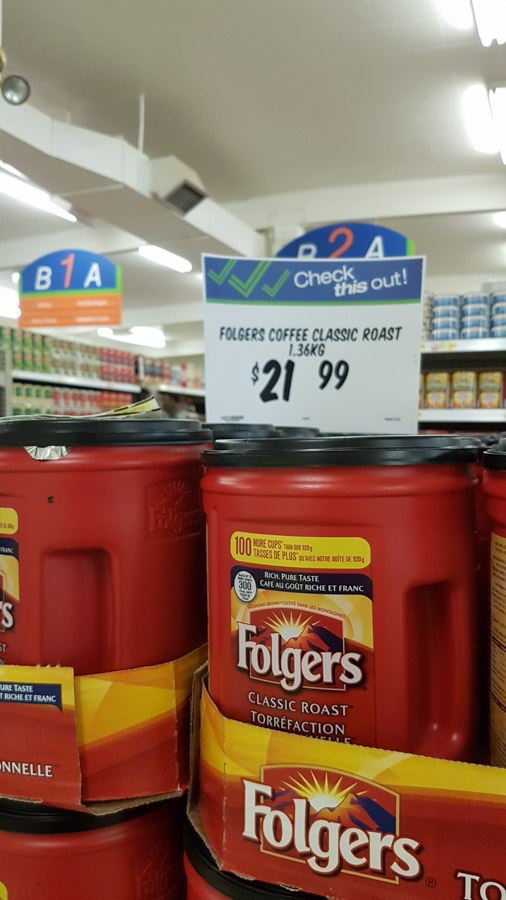
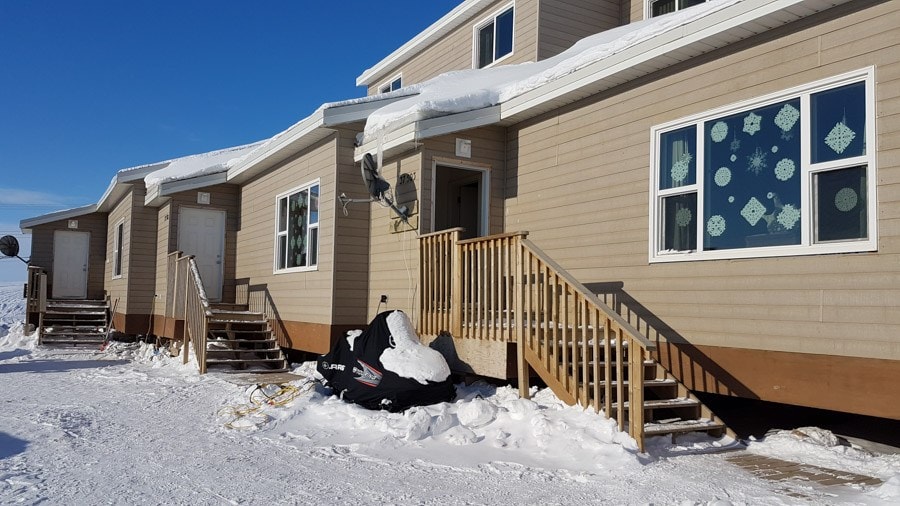
So don’t speed through Tuktoyaktuk on your trip to the Arctic Ocean else you’ll be missing the best part of the Northwest Territories – the culture. Slow down, watch the sunset on the Arctic, stay overnight, meet locals, and really explore this little gem at the top of the world.
Drive the Road to Tuktoyaktuk and Stay for a Night!
Tundra North offers winter and summer tours to stay overnight plus snowmobiling, pingos, and dinner with an elder.
Tundra North Website
Or book your own hotel at Smitty’s B&B at 867-977-2777

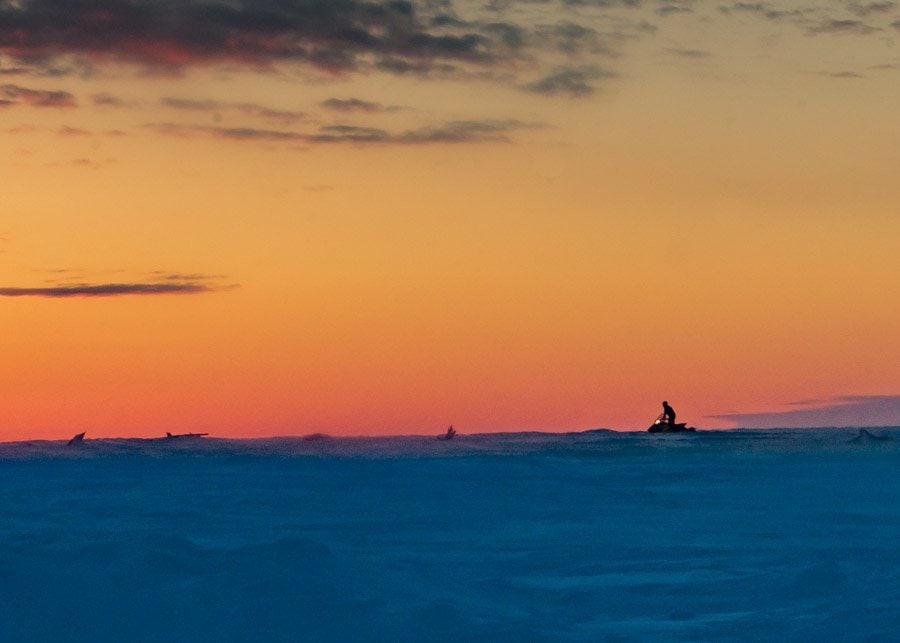
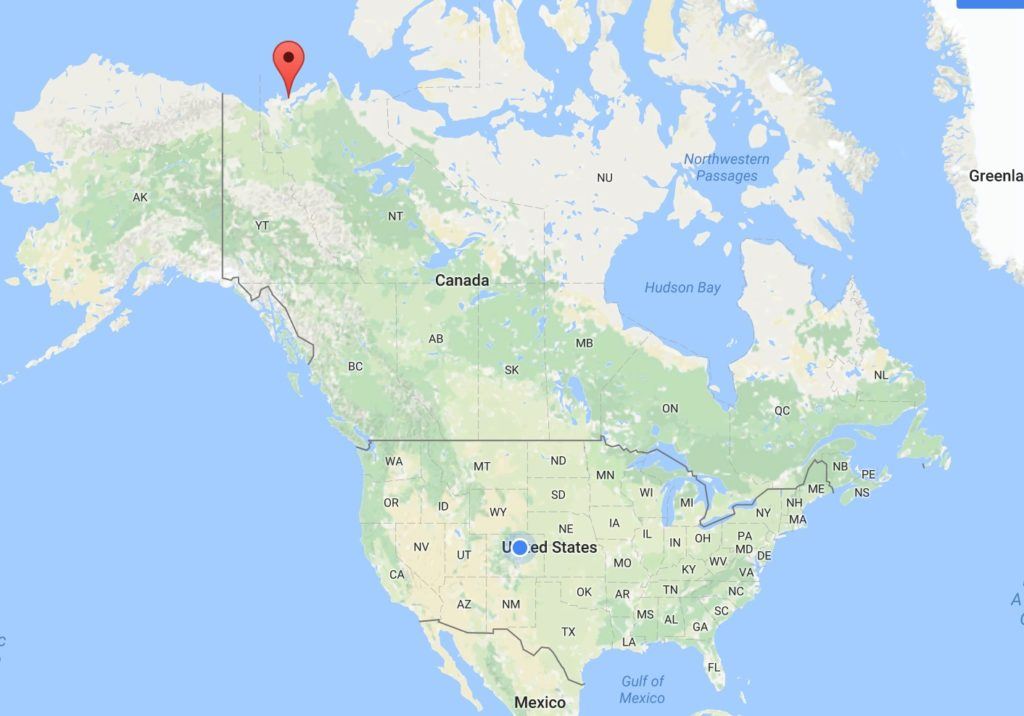
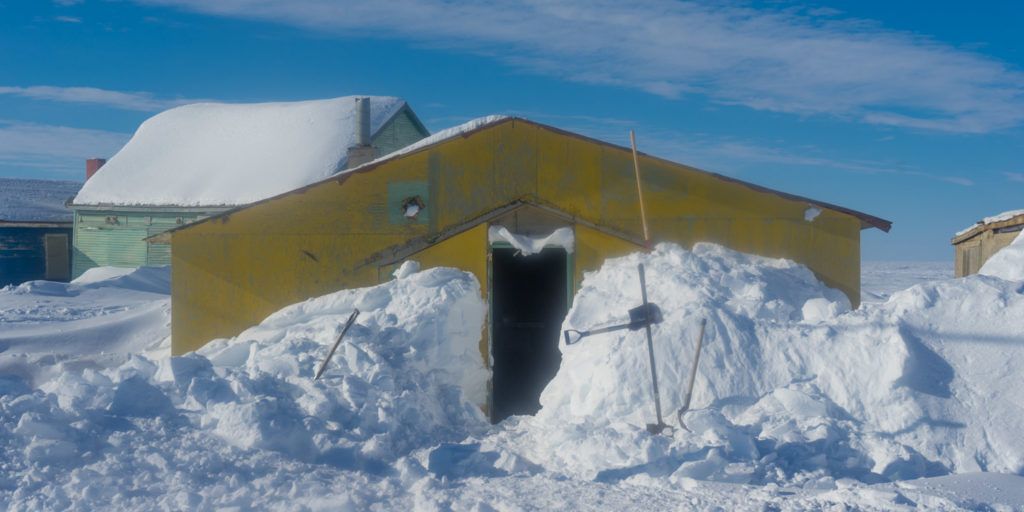
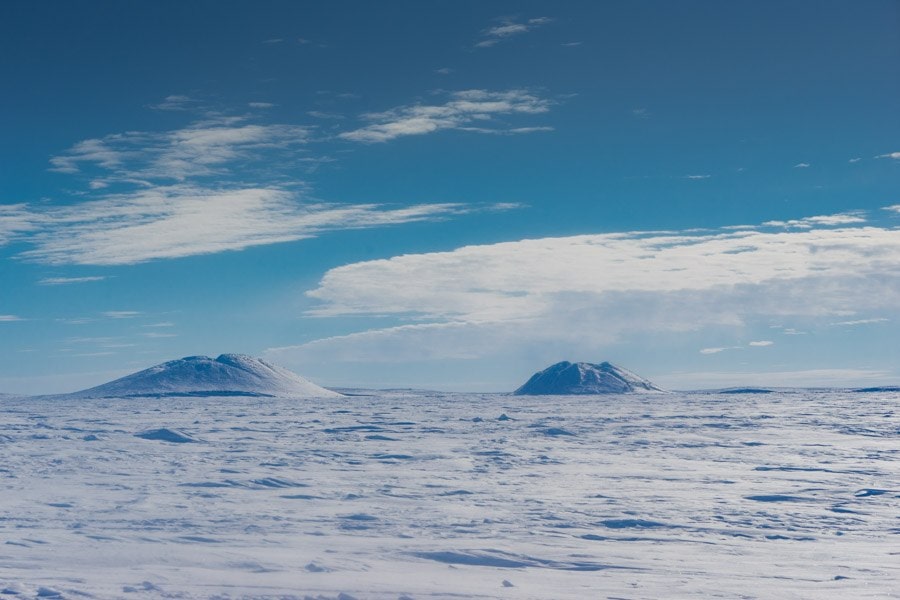
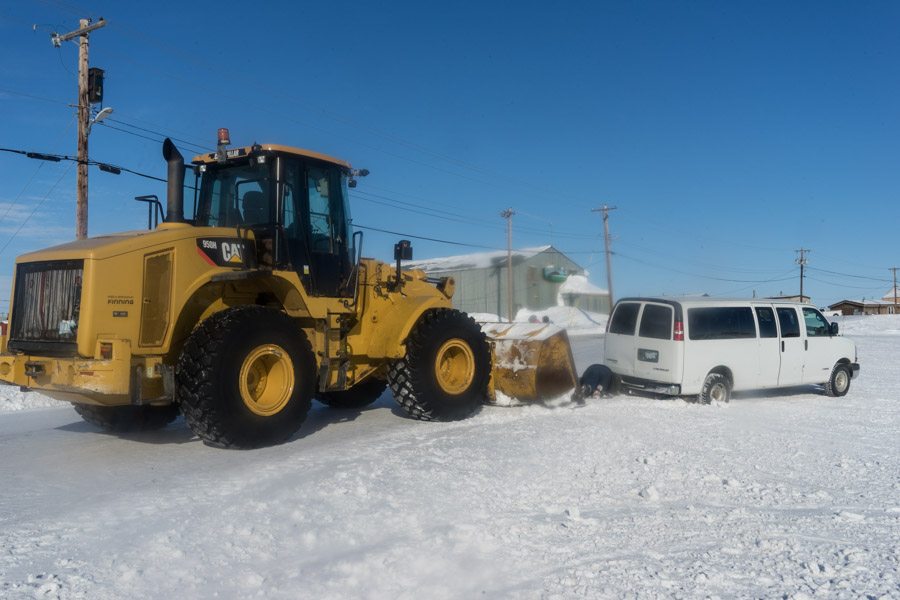

By Darlene Foster July 25, 2017 - 2:40 pm
Tuktoyaktuk was often part of the spelling Bees in Canadian schools. I still can’t spell it!
By Sherry July 27, 2017 - 8:29 am
It’s even harder to pronounce!!
By Calvin P Pokiak July 27, 2017 - 8:42 am
Very interesting read. To clarify two things in your report, first one is Ilene should be spelled Eileen and secondly, we do not use the feathers but rather the down from the geese. To update the story, there are numerous bed and breakfast established in the Hamlet of Tuk, we have another store, Stanton Distributing owned by the Inuvialuit Development Corporation and just this spring a new gas bar was opened up.
FYI, the all-weather road will officially be opened in November 2017.
By Sherry July 27, 2017 - 9:02 am
Thanks Calvin for the additional info. Is the additional gas station due to the new road? I can’t imagine there would be a huge change in demand otherwise. Also – is there a place where there is an up to date list of all of the lodging offered there? I found it very difficult to find anything that was up to date and actually in the town of Tuk. I noticed some website still had the Tuk Inn listed and when I saw it in person it certainly didn’t look like it was in operation. I’d be happy to link to the other B&B’s – but I just need an accurate list of them. Since I stayed at Smitty’s – I know that it’s safe to recommend it.
Wow – I didn’t know that the road wasn’t open yet…when I was there the locals were talking about it opening in the summer, but maybe I misunderstood!
By Henry July 27, 2017 - 12:42 pm
Good morning Sherry
You were asking about a list accommodations in Tuk. Here is an accurate list posted in the business section of the Hamlets web page. http://www.tuktoyaktuk.ca/index.php/business/business-listings/accomodation
ACCOMMODATIONS
End of the Road Ltd (7 Room Inn)
Contact: Kenneth Lindholm 1-778-363-1468 or at 1-867-977-2044
Hunter’s Bed & Breakfast
Contact: Maureen Gruben or Patsy Yakeleya at 1-867- 977-2558
R.T. Gruben Services
Contact: Roger Gruben at 1-867-977-2230
Tuktu Bed & Breakfast B & B
Contact: James & Maureen Pokiak at 1-867-977-2170
Smitty’s Bed & Breakfast
Contact: Laverna Smith at 1-867-977-2777
By Sherry July 27, 2017 - 11:38 pm
Thanks Henry for sending me this! I will also try to get them added to the text of the article too!
By Calvin P Pokiak July 27, 2017 - 3:02 pm
Sherry, one can only assume the second gas station was established because of the building and completion of the Tuk-Inuvik highway in November 2017. The bright side to opening of this gas station is it brought the price of Northern Store gas station to its competitor. There is hope after all in competition. In regard to the Bed and Breakfast establishments, the Hamlet of Tuktoyaktuk should have a list, because the Mayor and Council must approve these businesses. The beauty of living in our Hamlet is the amazing, breathtaking and ever astounding view of the two Pingoes. One local vocal artist said it best, when he made up a song called “Tuktoyaktuk is my Home, there’s no place I’d rather be, we live by the ocean they call the Beaufort Sea…”.
Calvin
By Diana August 2, 2017 - 6:35 pm
Yup … it’s a breathtaking place, but bring loads of cash … you’ll need it!
By Pauline Krygsman November 7, 2021 - 7:40 pm
beautiful!What can you tell me about Jim H Raddi,artist?